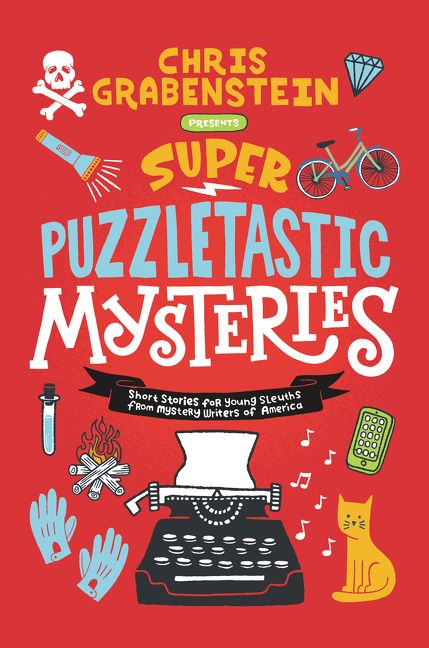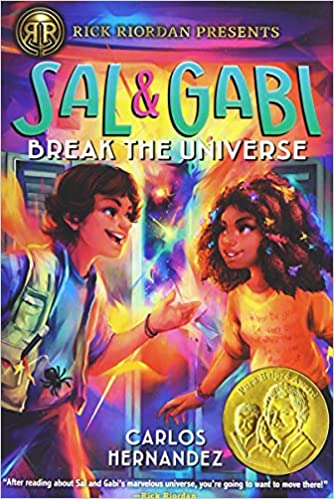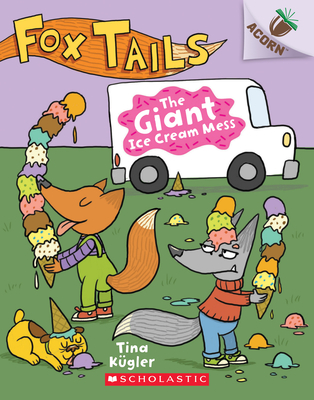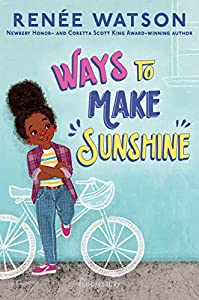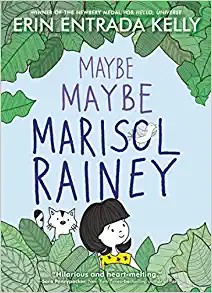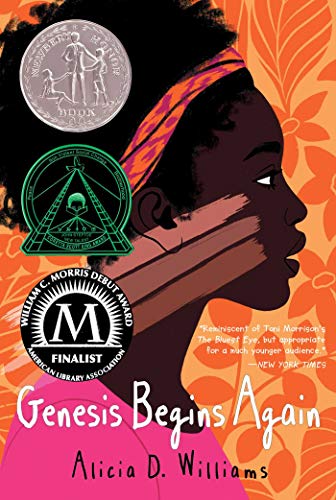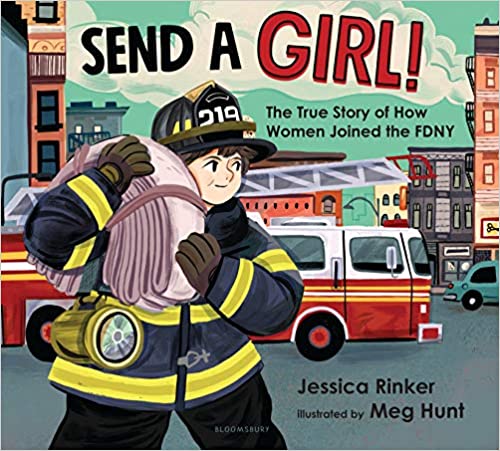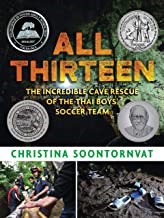Reading: Foster the Joy
 Summer is the perfect time to nurture your child’s love of reading. Tisha Hayes, associate professor and director of the McGuffey Reading Center in the School of Education and Human Development at the University of Virginia, offers a two-step approach to developing children’s lifelong reading habits. Be sure to check out her suggested book titles below!
Summer is the perfect time to nurture your child’s love of reading. Tisha Hayes, associate professor and director of the McGuffey Reading Center in the School of Education and Human Development at the University of Virginia, offers a two-step approach to developing children’s lifelong reading habits. Be sure to check out her suggested book titles below!
For more children’s book titles, read Hayes’ blog post: Calling All Parents: Books to Help You Raise a Reader.
READING: FOSTER THE JOY
Children who enjoy reading are more likely to read and, ultimately, develop sustainable reading habits. Reading opens children up to learning new ideas, supports their academic success, and helps them develop critical thinking and empathy for others. These benefits can be realized when children have access to two things: 1) people who support their efforts and 2) books that help build their reading joy. Let’s take these two things one at a time.
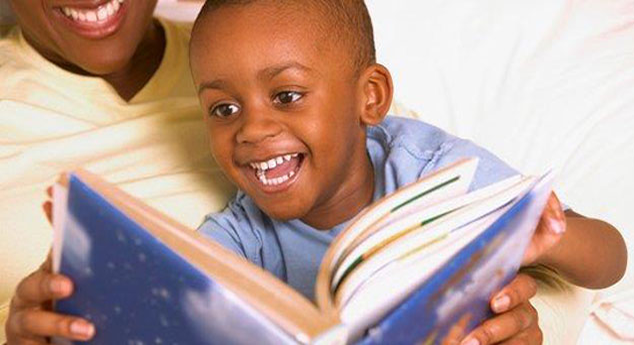
First, children need access to people in their lives who nurture them as readers. I’ve read books, articles, and blogs with suggestions for parents and caregivers on how to raise a reader. Here are a few of my favorite suggestions:
Lead by Example. If you want your children to enjoy reading, they need to see you enjoy reading. The optimal word here is ‘enjoy.’ In other words, this isn’t just about them seeing you read. It’s about seeing you choose to read and enjoy reading. Demonstrate for your children what it is like to engage with others about what you’re reading. Read aloud to your children and talk about what you’re reading, read what your children are reading so you can engage in conversations with them, talk about what you’re both reading to catch up over dinner or in the car, or host a book club party.
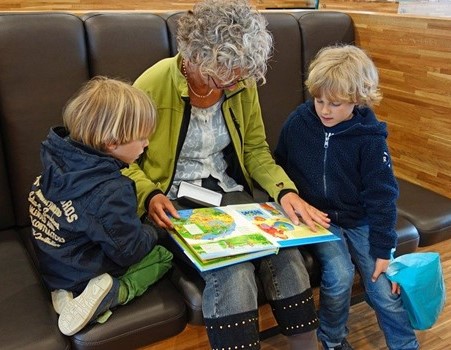
Go Beyond the Book. Reading can spark curiosity so lean into it! For example, after reading Elise Parsley’s If You Ever Want to Bring a Circus to the Library, Don’t!, you could watch YouTube videos and learn how to juggle scarves. Or before a family trip to a national park, you could read about our nation’s parks in Kate Siber’s National Parks of the USA (this book has a companion activity book with stickers and a pull-out poster!).

Read a Little Every Day. This sounds like an easy thing, but sometimes it’s not. One thing we want to avoid is making reading a chore. Here are a few things to help make a little bit of daily reading turn into a lifetime habit: 1) Think about time over the week rather than putting daily reading on a timer. Some days might bring smaller doses that can be balanced out across the week with more substantial reads. 2) If you notice some resistance or exhaustion, take on some of the reading. It’s totally acceptable to switch off reading pages. 3) Have a routine time for reading but be flexible. 4) Pull out all the stops from time-to-time and build a blanket fort or pack a snack and take a blanket outside. 5) Set reading goals. Some readers need goals; they can be for a day (e.g., reading a chapter) or a goal to work towards (e.g., building up to sustained 15 minutes) but should always be reasonable based on the reader and the book.
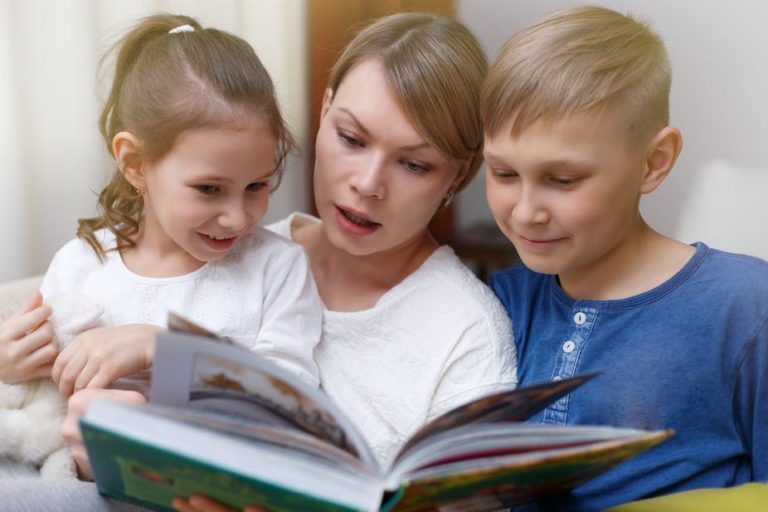
Prioritize the Act of Reading Over the Content. I am a mother of two and have spent lots of time identifying books I think my children should read, but in the end, it’s about the books they want to read. Once I let my son dive headfirst into Captain Underpants (Dav Pilkey’s silly series) or my daughter exclusively read graphic novels (the graphic novel series of the Babysitter’s Club was a big favorite), not only did they read, but they read a lot and with joy!
Celebrate a Special Book and Share the Joy. I’m a firm believer in celebrating books that are special to you. I still have my collection of special books from the first books I can remember reading by myself (like Just for You by Mercer Mayer) to books that transformed my thinking (like The Great Gilly Hopkins by Katherine Patterson) to books that were just plain fun to read (like The Westing Game by Ellen Raskin). Start a collection of your child’s favorites and then share the joy. Your child can share their favorites by giving a copy to their classroom library or adding a book to a local Little Free Library. But not every book will go to your special collection. So, keep in touch with your children about books they are ready to pass along to a sibling, a cousin, or to a local charity sale, doctor’s office, or shelter.
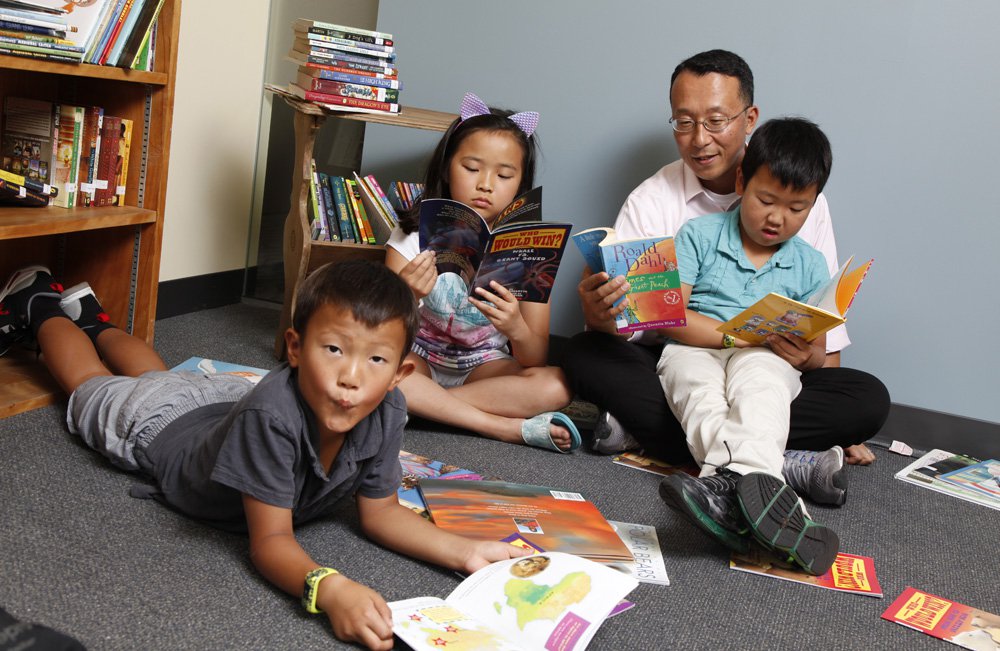
Second, children need access to a wide variety of books. I frequent sites like diversebooks.org, amightygirl.com, and bookriot.com to help stay abreast of new titles. Book boxes are another way to learn about books. With a book box, experts curate the book choices. Plus, your children will get excited every month as they anticipate a special delivery. Some to check out are Jambo Book Club, Literati Book Club, and The Equal Opportunity Book Box. The bottom line is this – a big part of helping children realize their reading joy is finding out what books they like.
Here are some new books that might pique your child’s interests. Each list is presented in order from books for younger to older readers:
INTERACTIVE BOOKS
- There’s a Superhero in Your Book by Tom Fletcher (check out more in the Who’s in Your Book? series)
- Laugh Out Load Ultimate Jokes for Kids by Rob Elliott
- Science Activity Book by Sam Hutchinson (part of a series called STEM Starters for Kids)
- Maze Quest History: Travel Through Time! and Maze Quest Geography: Travel the Globe! by Anna Brett
- The Rise of the Rusty Robo-Cat! by Mike Lowery (part of a series called Doodle)
- Super Puzzletastic Mysteries by Chris Grabenstein
MYSTERIES AND ADVENTURES
- Scaredy Bat series by Marina Bowman
- Secret Explorers series by SJ King
- Upside-Down Magic series by Emily Jenkins, Lauren Myracle, and Sarah Mlynowski
- The Great Pet Heist by Emily Ecton (check out the second book The Great Ghost Hoax)
- Sal and Gabi Break the Universe series by Carlos Hernandez
- Tristen Strong Punches a Hole in the Sky series by Kwame Mbalia
FAVORITE BOOK SERIES (or soon to be loved by your child!)
- Fox Tails series by Tina Kügler
- Camila series by Alicia Salazar
- The Magnificent Makers series by Theanne Griffith
- Purrmaids series by Sudipta Bardhan-Quallen (Bardhan-Quallen has another series called Mermicorns, and for earlier readers, check out Caveboy)
- A Ryan Hart Story series by Renée Watson
- The Shadow and Bone series by Leigh Bardugo
BOOKS WITH DIVERSE CHARACTERS
- D. the Kid Barber series by J. Dillard
- Maybe, Maybe Marisol Rainey by Erin Entrada Kelly (check out Kelly’s Newbery Honor book – We Dream of Space)
- Other Words for Home by Jasmine Warga
- Ghost Squad by Claribel A. Ortega
- King and the Dragonflies by Kacen Callender (Callender also has 2 Stonewall Book Award winners – Hurricane Child and Felix Ever After)
- Real by Carol Cujec and Peyton Goddard
- Genius Begins Again by Alicia D. Williams
GRAPHIC NOVELS
- Pizza and Taco series by Stephen Shaskan
- Pea, Bee, and Jay series by Brian ‘Smitty’ Smith
- Fox and Rabbit series by Beth Ferry
- Pawcasso by Remy Lai (check out Lai’s book, Pie in the Sky, a Parents Magazine Best Kids Book of the Year winner)
- The Okay Witch series by Emma Steinkellner
- 5 Worlds series by Mark and Alexis Siegel
- The Witch series by Molly Knox Ostertag
- The Deep and Dark Blue by Niki Smith (a YALSA’s 2021 Great Graphic Novels for Teens winner)
NONFICTION BOOKS
- Dear Treefrog by Joyce Sidman (check out Sidman’s The Girl Who Drew Butterflies, a Robert F. Sibert Medal Informal Book winner)
- Send a Girl! by Jessica Rinker
- The Floating Field by Scott Riley
- Truth or Lie series by Erica S. Perl
- Space Exploration for Kids by Bruce Betts (check out others in the Junior Scientist series)
- All Thirteen by Christina Soontornvat
Continue your education with Lifetime Learning’s online resources available to alumni, parents, and friends.
The Thoughts From the Lawn (TFTL) blog is published by Lifetime Learning at the University of Virginia’s (UVA) Office of Engagement. This platform features UVA faculty and staff articles for the benefit of UVA’s alumni, parents, and friends. The views expressed in TFTL blog posts reflect the views of the authors and not those of Lifetime Learning. Lifetime Learning reviews the content and links in each article before publication; however, we take no responsibility for inaccurate information and/or links that lead to post-publication, unintended sites. Lifetime Learning is not responsible and will not be held liable for blog comments and reserves the right to remove malicious or mean-spirited responses.
- A Revolution in the Air: The Wright Brothers Take to the Sky on December 17, 1903
- Musings on National Violin Day
- Making the Promise Real: How a UN Tax Convention Can Fulfill the UNDHR’s Vision
- UVA Club of Atlanta: Virtual Pilates Class
- UVA Club of Alexandria: TaxSlayer Gator Bowl Game Watch
- UVA Club of the Eastern Shore: TaxSlayer Gator Bowl Game Watch

